What You Need To Know About Your Home’s Insulation
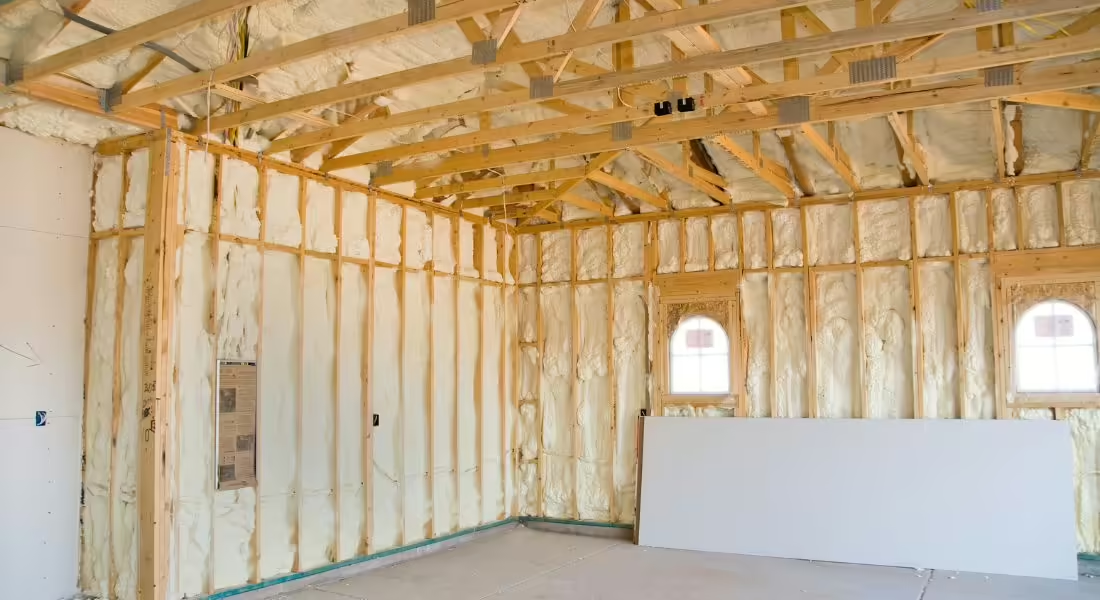
Insulation. Most homeowners understand that a house needs it, but they aren’t sure how it works, or they know very little about it. It provides incredible protection from the harsh elements outside, lowers your energy bills, and more.
If you want a comfortable home all year long, it’s time to learn a bit more about insulation. You never see it, but you sure hope it’s working properly. Here’s what you need to know about your home’s insulation.
Insulation: What Is It?
Insulation is the material used to insulate your home or building. It reduces heat loss or heat gain by providing a barrier between the outside elements and your house.
R-Value
R-value is one of the most important terms to know and understand when it comes to insulation. The R-value shows how well the insulation type keeps heat from entering or leaving your house. R-values vary depending on the insulation’s type, density, and thickness.
A higher R-value means a higher price point, improved climate control, and enhanced energy efficiency in your home. You can improve your home’s insulation value by adding layers of insulation. It doesn’t have to be the same type of insulation, either. Your attic is an excellent place to improve and achieve better thermal performance.
Incomplete Insulation Can Lead to Mold
Warm air looks for holes and gaps in insulation. The warm air will condense as it hits colder surfaces, which feeds mold. You’ll often find these areas on outside walls near windows and doors or around lights, light switches, outlets, and corners.
You can clean the mold and hopefully remove it. Lower the humidity levels with a vent fan or dehumidifier, and if it still pops back up, open up the wall to fix the problem.
Best Ways To Find the Gaps
To find the gaps in your insulation, you’ll first want to make a rough sketch of your home’s floor plan and the ceiling. Add the walls, plumbing, ceiling electrical fixtures, and any chimneys. Take the drawing with you into the attic. It will guide you and tell you where the high leak-potential spots are.
Grab a box fan, place it in the window, and face it to where it flows into the house. Shut all the windows and doors, and tape cardboard around the fan to block drafts. When you turn on the fan, you’ll slightly pressurize your home, and it will feel like an inflated balloon. This pressure will allow you to discover all the leaky spots in your house. There may even be places where you can visibly spot the insulation blowing in the breeze.
Dirty insulation is also a clear sign you have a gap. The insulation fibers filter your home’s air, staining the places it passes through.
Insulate Your Pipes
Insulation isn’t only for your walls, floors, and ceilings. Did you know you can insulate your exposed pipes? Pipes can create condensation, which could contribute to basement water issues. You can stop this condensation by insulating your pipes. It’s not a hard job to tackle, and it provides your home with some decent benefits.
Controls Condensation
As discussed above, condensation control is a significant benefit of insulated pipes. If left unprotected, the lines could corrode and damage your home substantially. Insulating the lines will help stop the warm air from reaching them and stop the condensation from happening. It’s a barrier that your pipes need to operate effectively and efficiently.
Minimizing Heat Loss and Gain
This benefit may be the most important of all. Insulation minimizes heat loss and gain. Cold water can warm up, and hot water can lose heat as it travels along pipes; pipe insulation can reduce this issue. You may notice your energy bills drop, and you won’t need to wait nearly as long for the hot water as you’re used to.
Seal Small Gaps With Caulk or Foam
A great thing to keep around the house is a can of expanding foam, caulk, and a caulk gun. Use it to fill gaps around fixture boxes, electrical cable holes, and other places allowing air to escape. Be careful with expanding foam because it’s incredibly sticky. You may not be able to remove it from your skin and clothes. It’s best to wear gloves when you’re working with the product. If you find any cracks or gaps between wood plates and drywall, use caulk to fill them.
Best Places To Insulate Your House
The best thing you could do for your home is to insulate it from top to bottom. You’ll find yourself with an energy-efficient and valuable house. If that’s not entirely feasible, there are a few places homeowners should pay attention to. Different areas provide different advantages.
The attic is going to yield the most energy-efficient results. An attic without insulation will result in higher energy bills and an uncomfortable home. It would be like you not wearing a jacket during the winter, allowing the heat from your body to escape. Your home needs help too. The furnace will run less, and you’ll find yourself with lower energy bills.
Spray foam roof insulation is another way to protect your attic and the entire house. It’s incredibly durable and ideal for commercial buildings, too.
So, you should place your insulation focus on the attic, but what about the rest of the home? Insulating your walls can help eliminate drafts you feel that cause you to bundle up. If you have a properly insulated attic, but your walls have little to no insulation, the hot air will escape through the walls since it can’t push through the attic.
The basement or crawl space may be the most overlooked area to insulate. You can say goodbye to socks or slippers if you add insulation to your basement or crawlspace.
Problem areas differ from house to house, so figuring out which spaces in your home need insulation is vital. You have to find what makes sense for your house.
That wraps up the information you need about your home’s insulation. The knowledge you’ve gained will help you turn your home into a valuable, energy-efficient house. Is there anything better than lower bills?
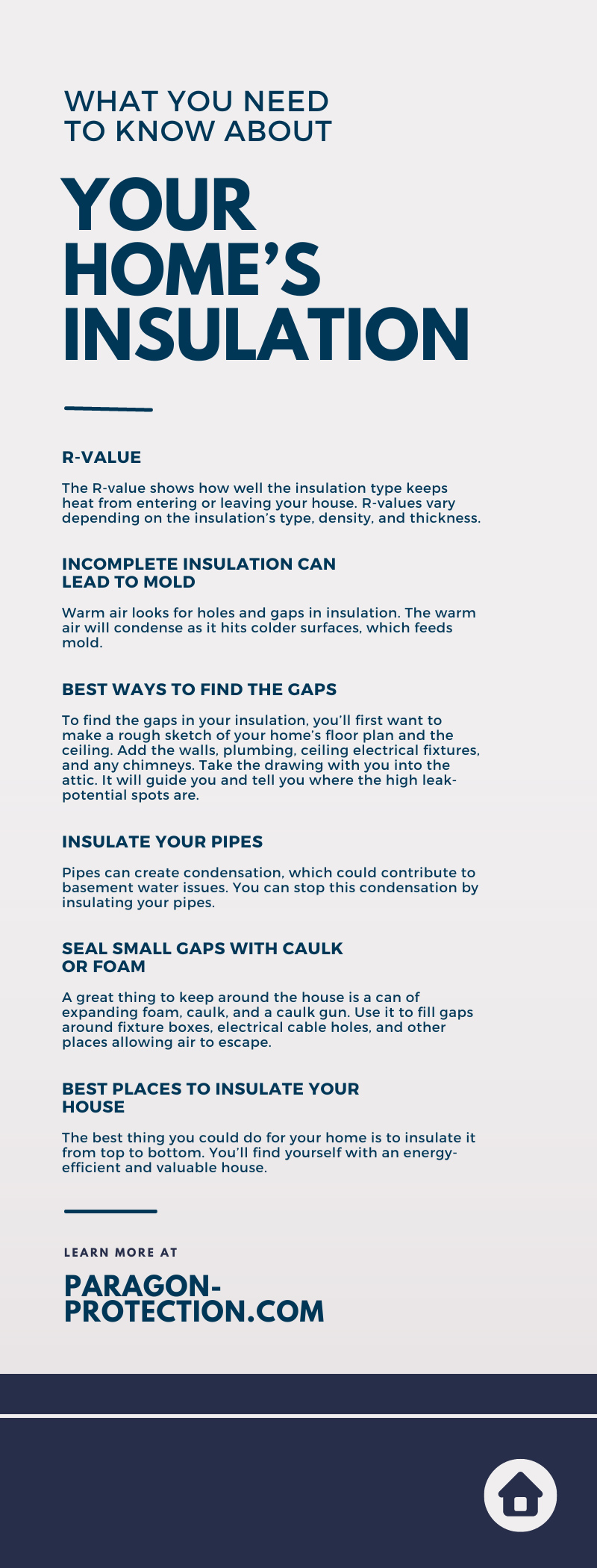

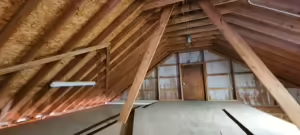
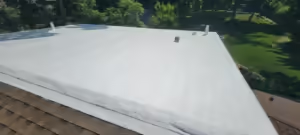
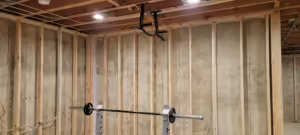
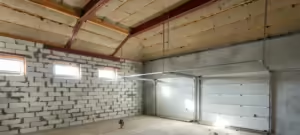

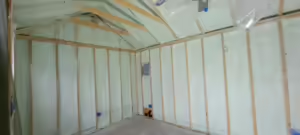
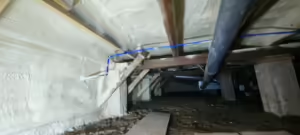
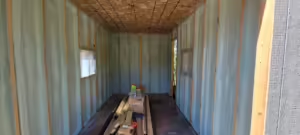
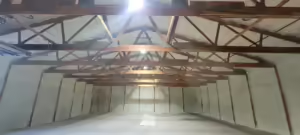
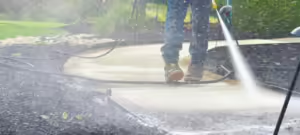
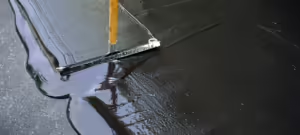
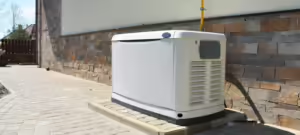
 Professional Insulation Services
Professional Insulation Services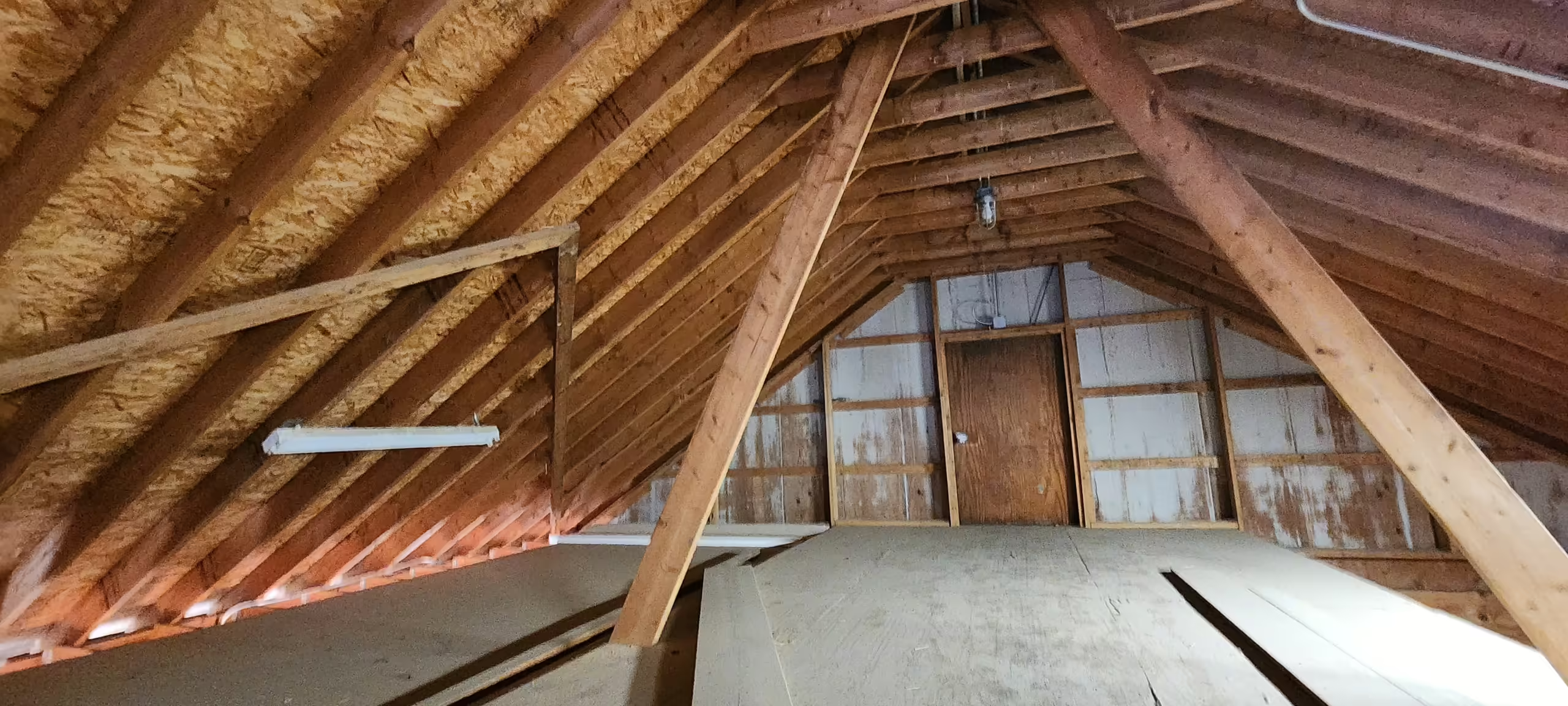 Attic Insulation Services
Attic Insulation Services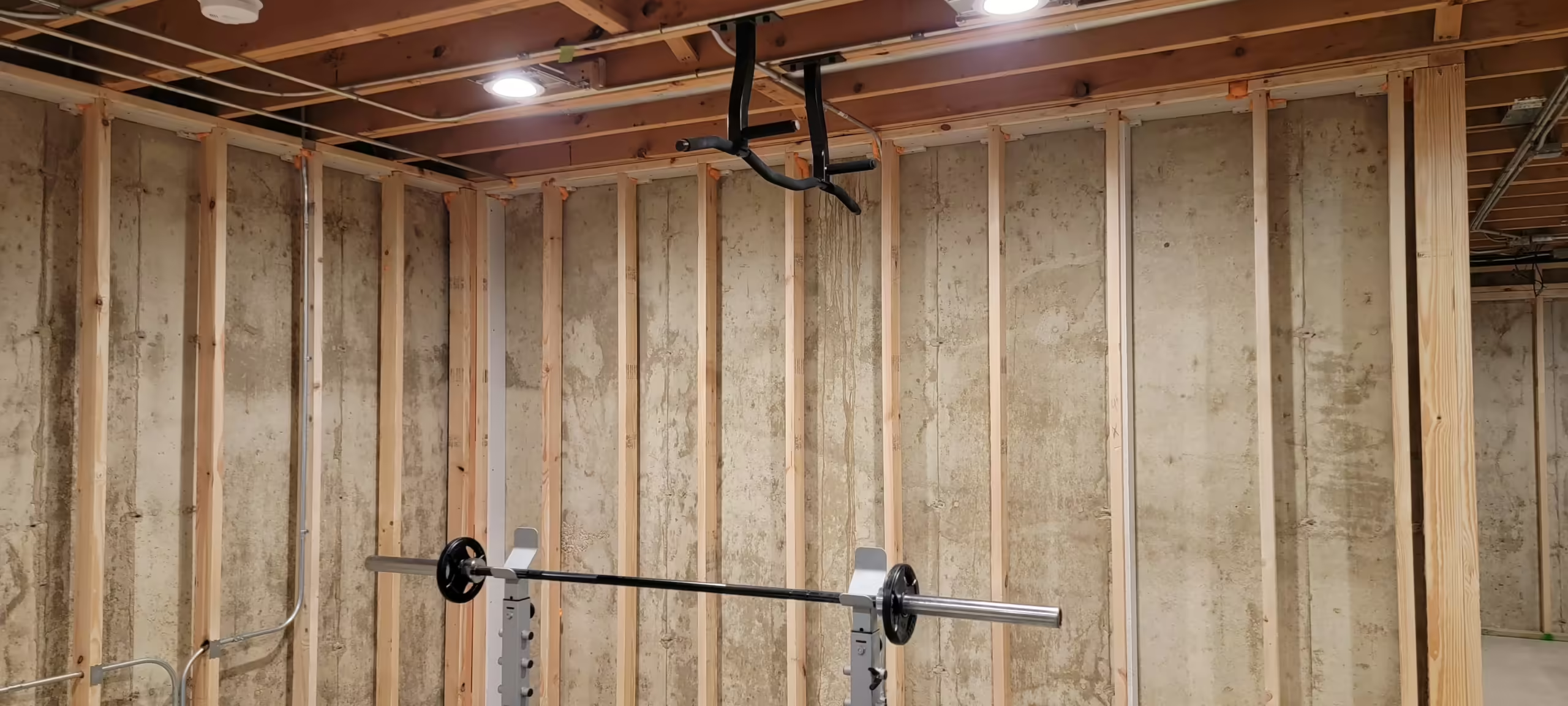 Basement Insulation
Basement Insulation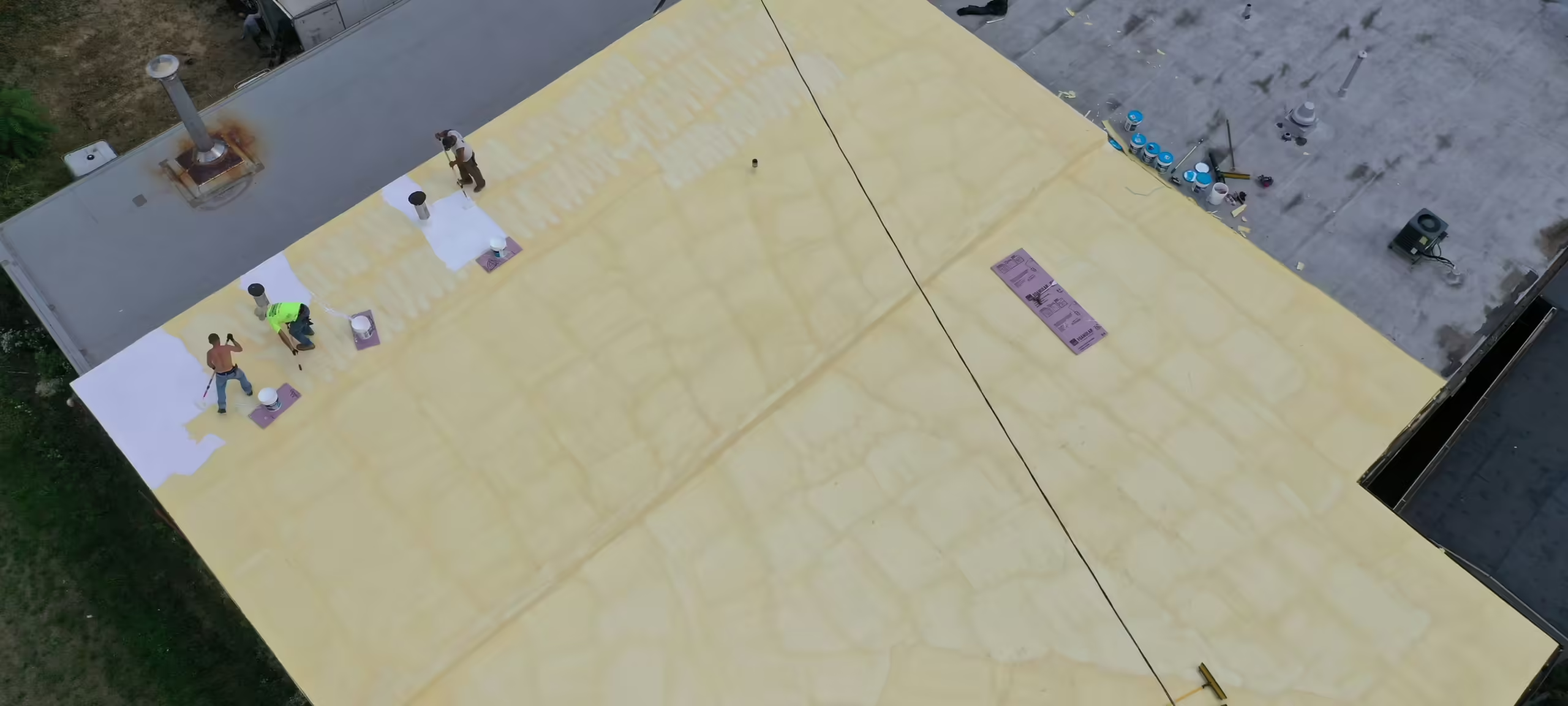 Commercial Insulation
Commercial Insulation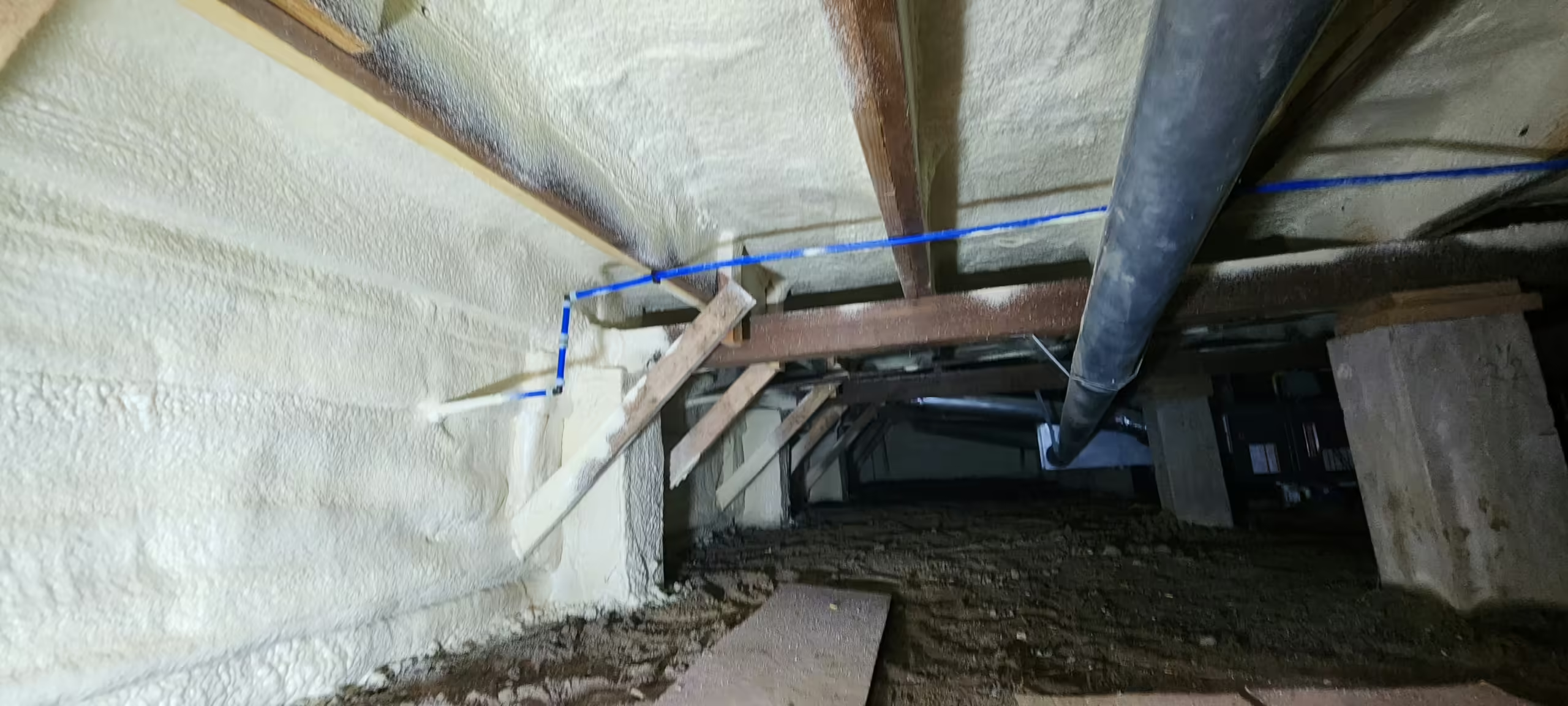 Crawl Space Insulation
Crawl Space Insulation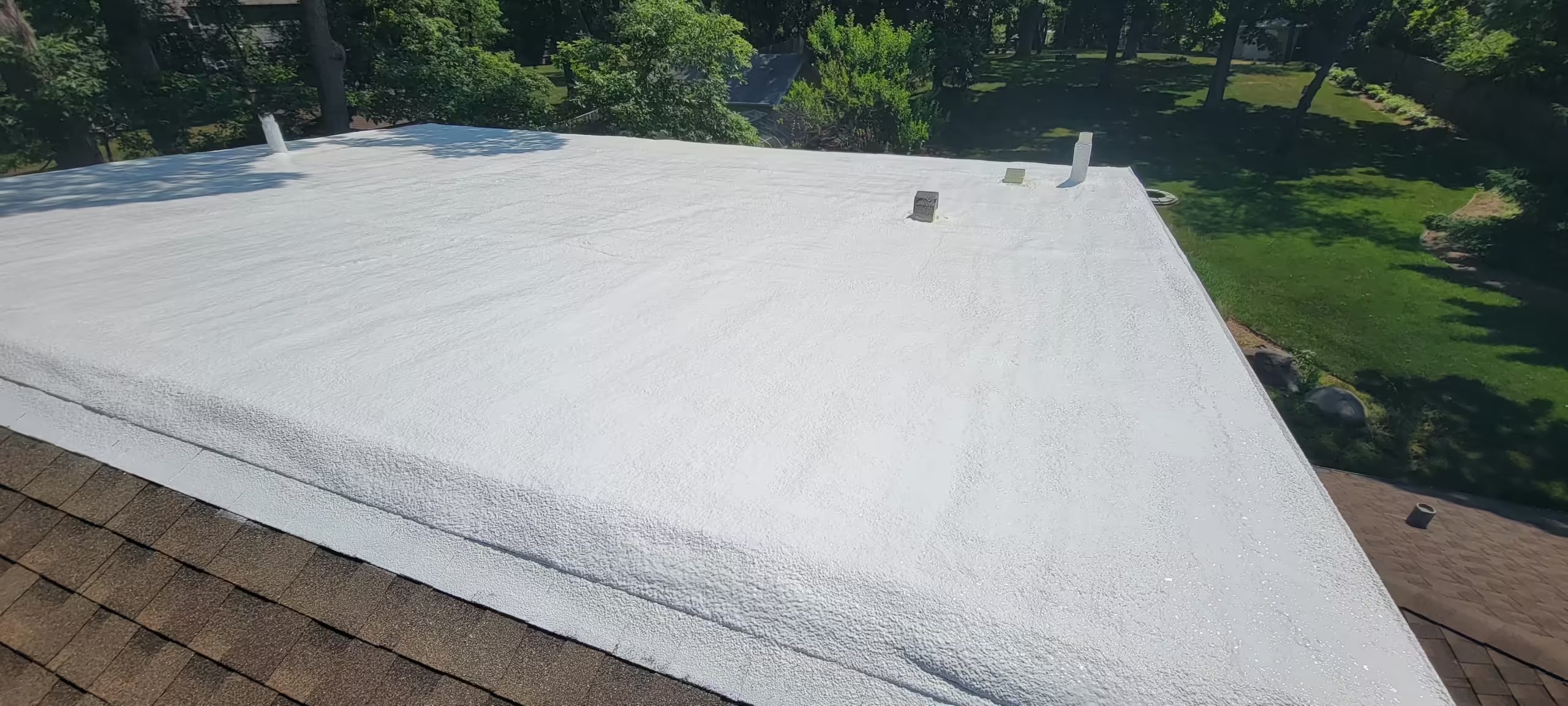 Exterior Wall Insulation
Exterior Wall Insulation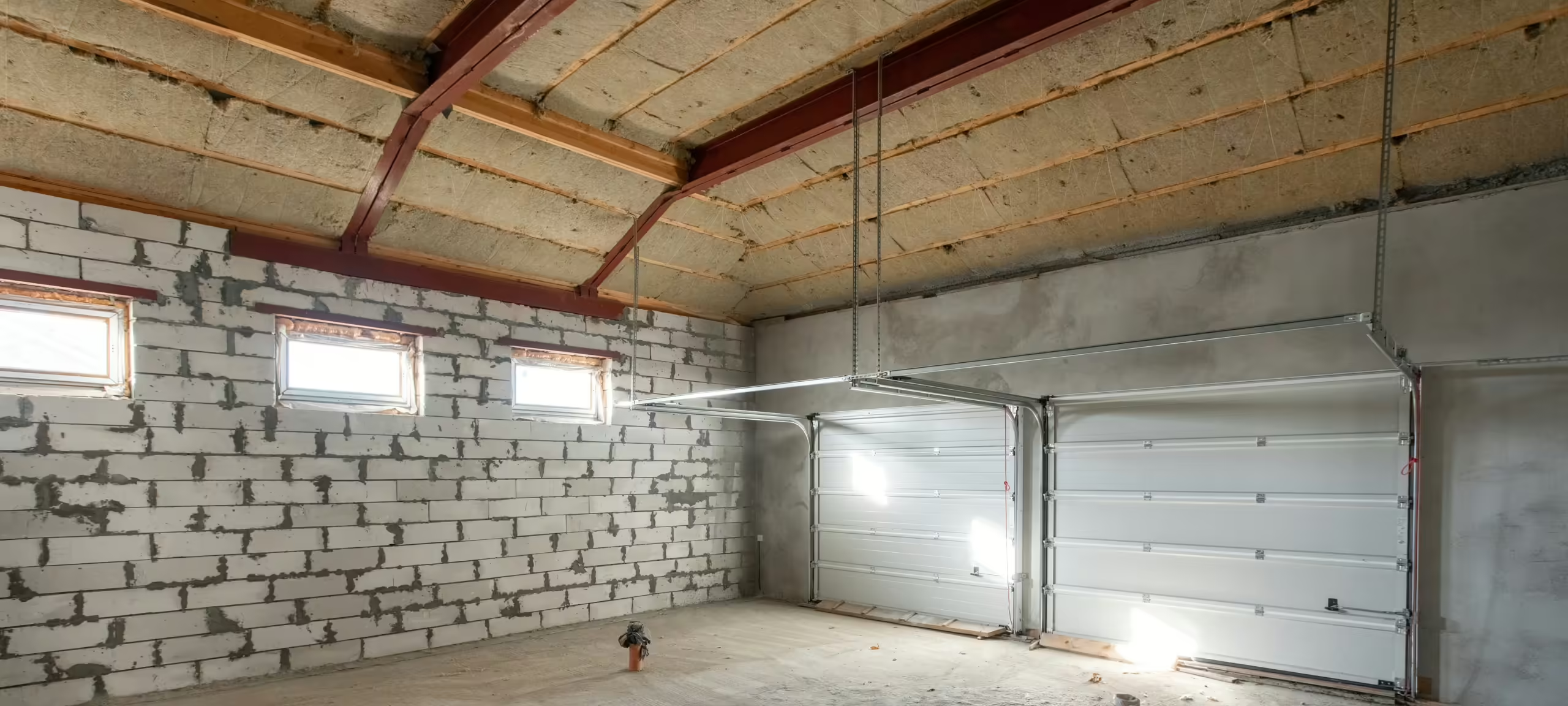 Garage Insulation
Garage Insulation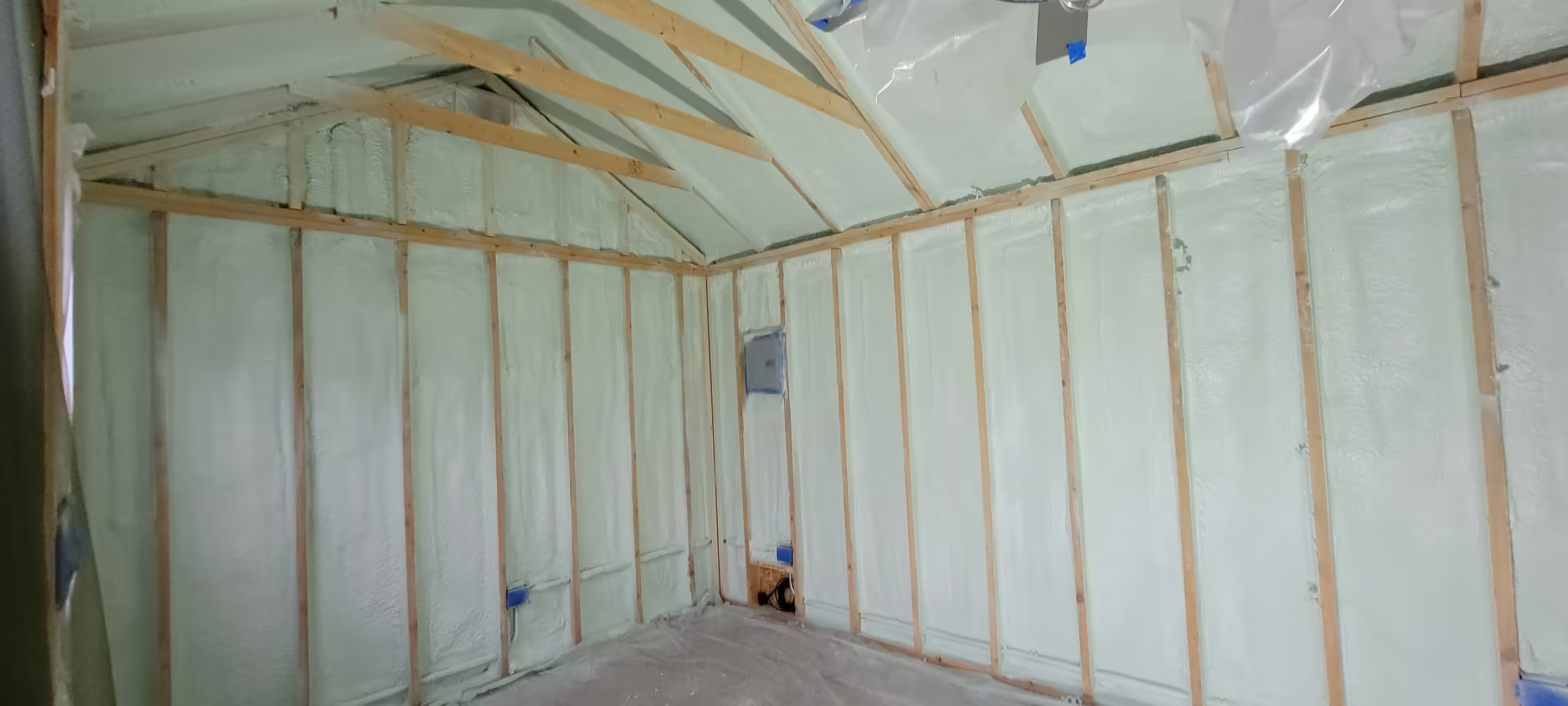 Interior Wall Insulation
Interior Wall Insulation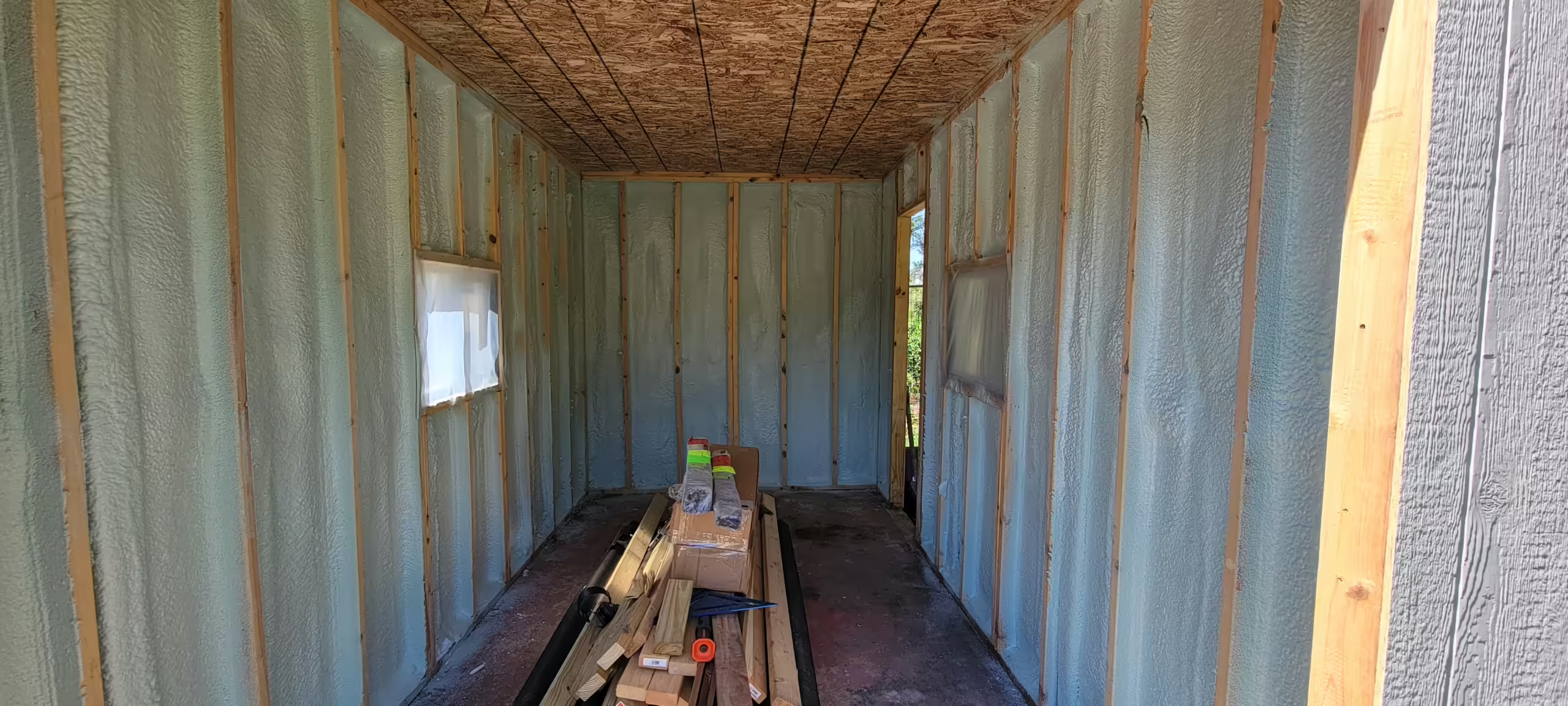 Shed Insulation
Shed Insulation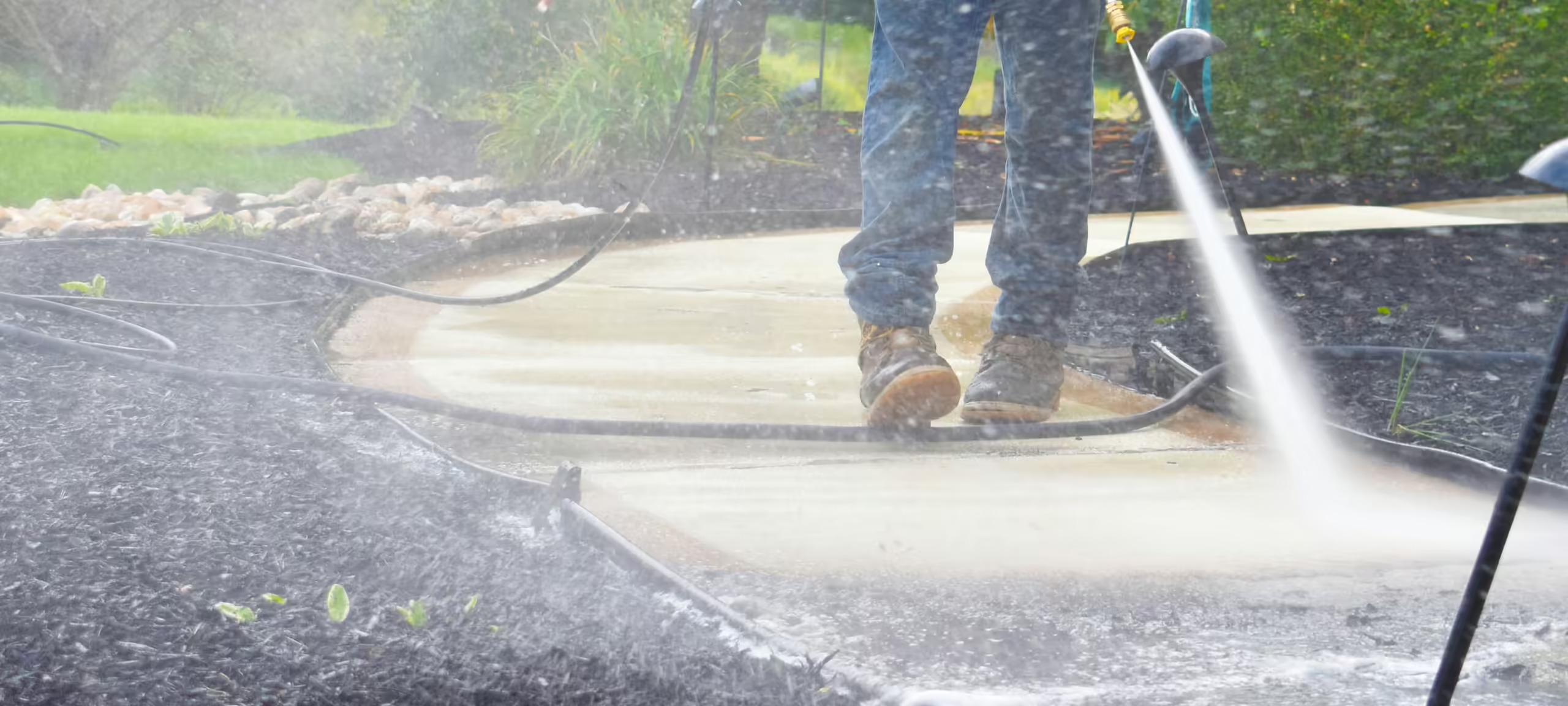 Power Washing
Power Washing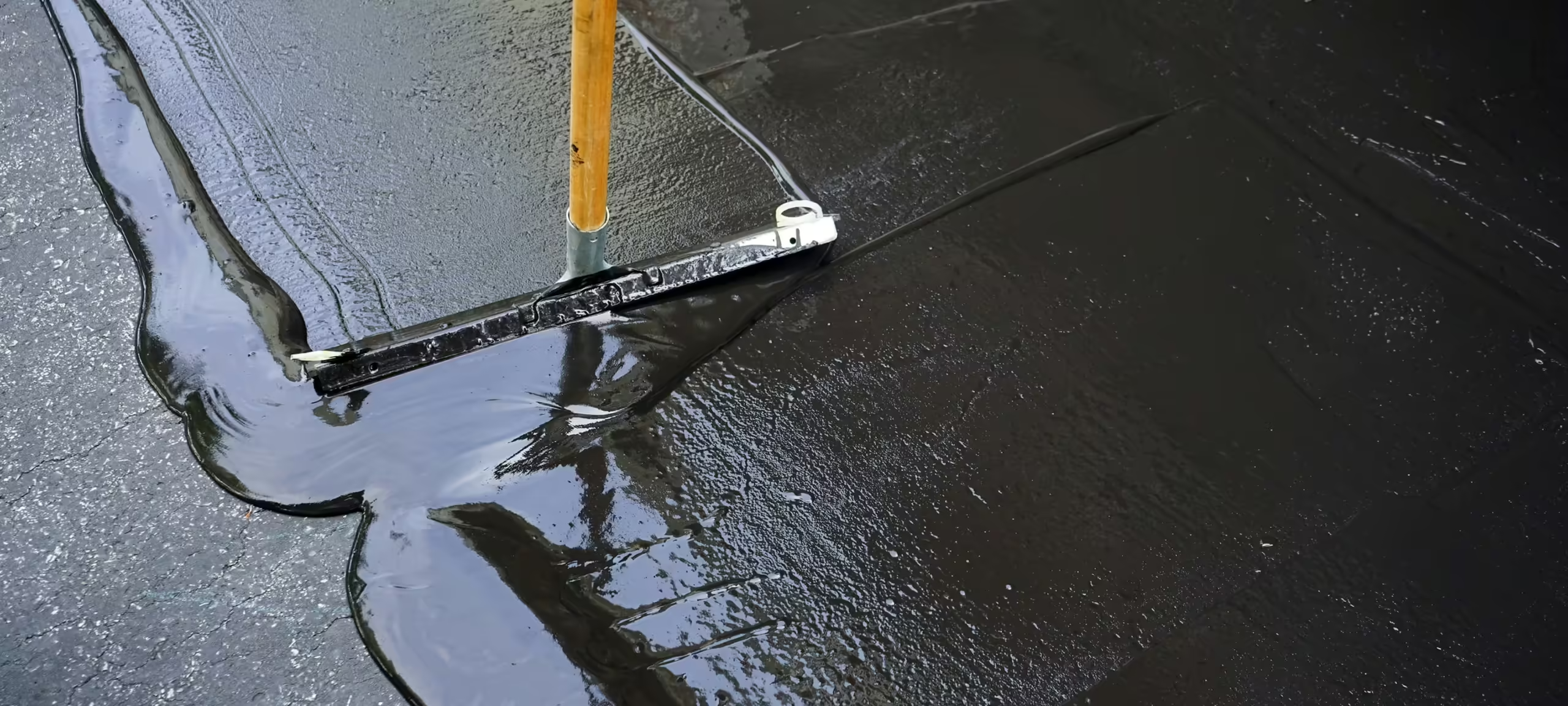 Sealcoating
Sealcoating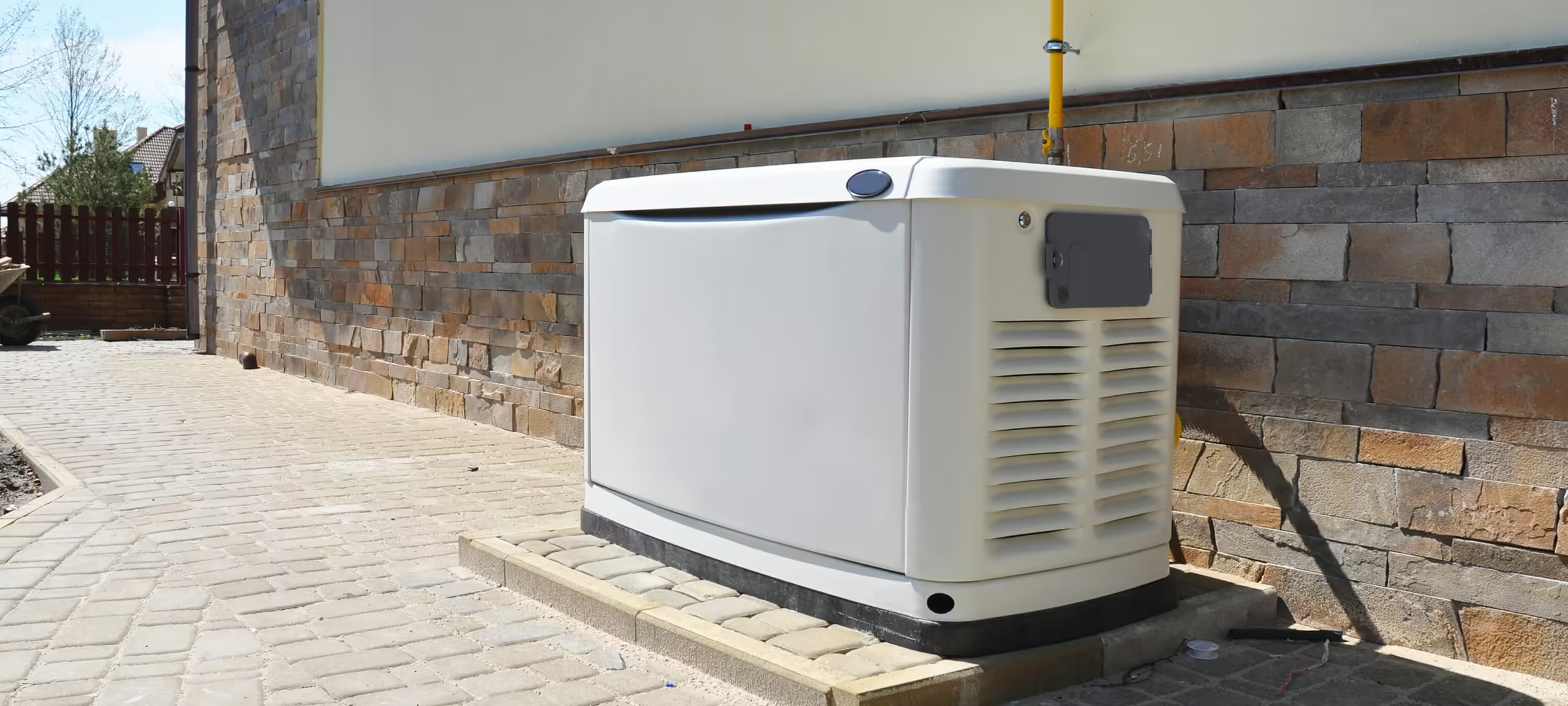 Backup Power Generators
Backup Power Generators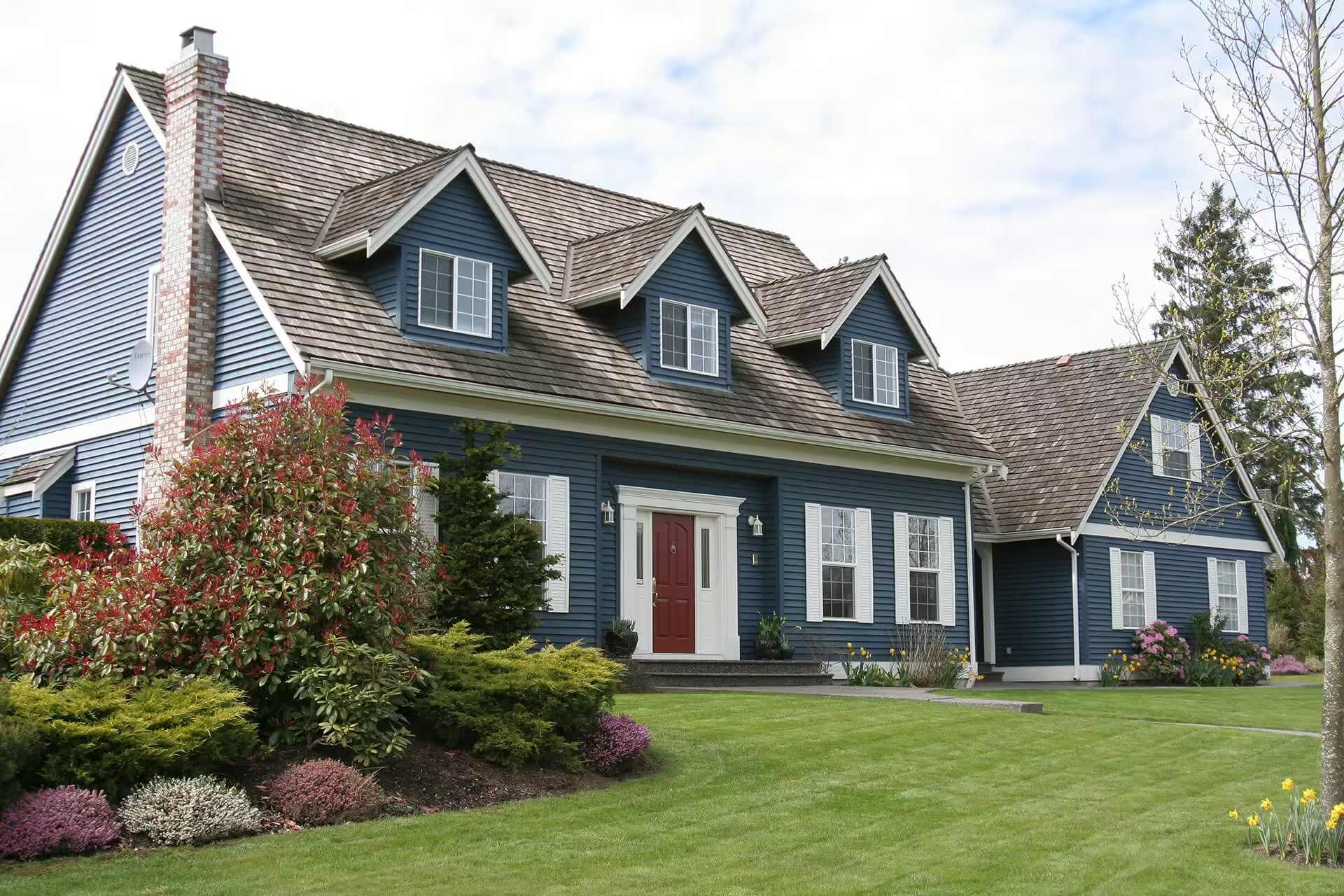 Lake County Insulation
Lake County Insulation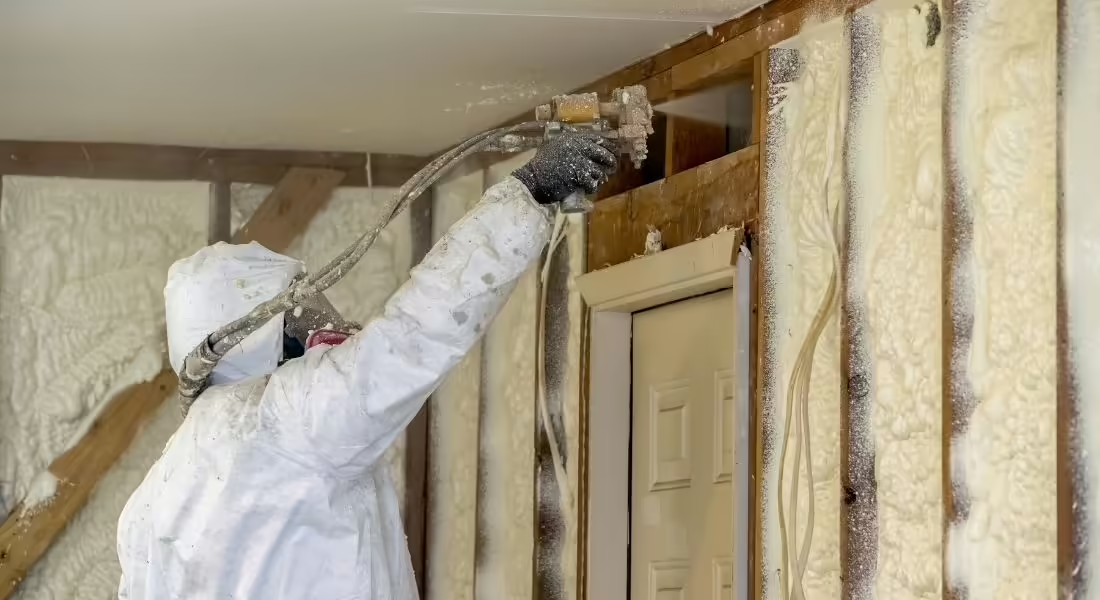 Spray Foam Insulation Guides
Spray Foam Insulation Guides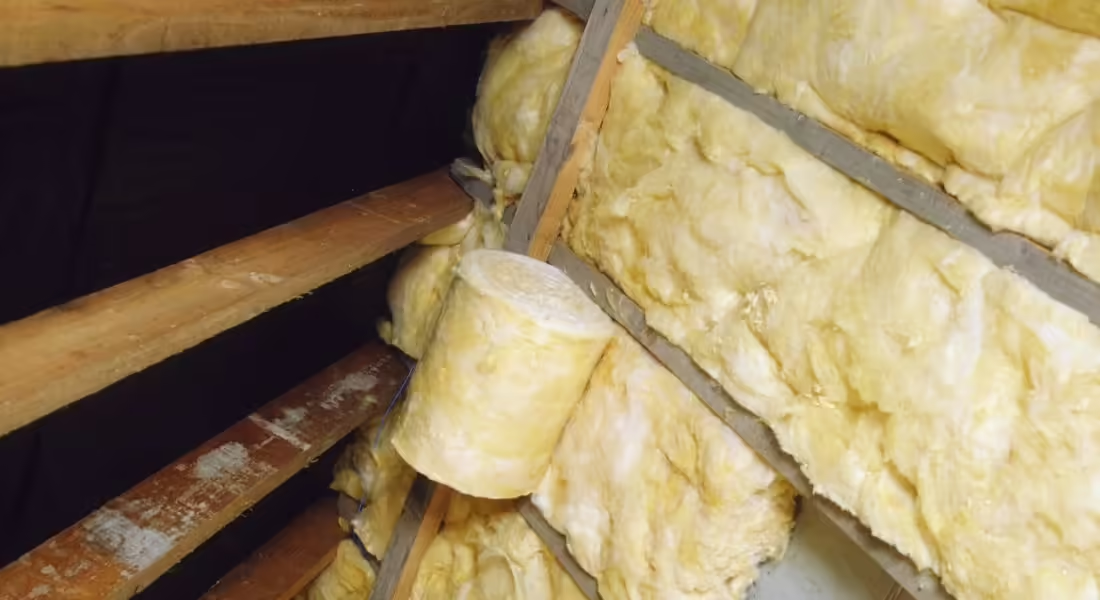 Insulation Guide
Insulation Guide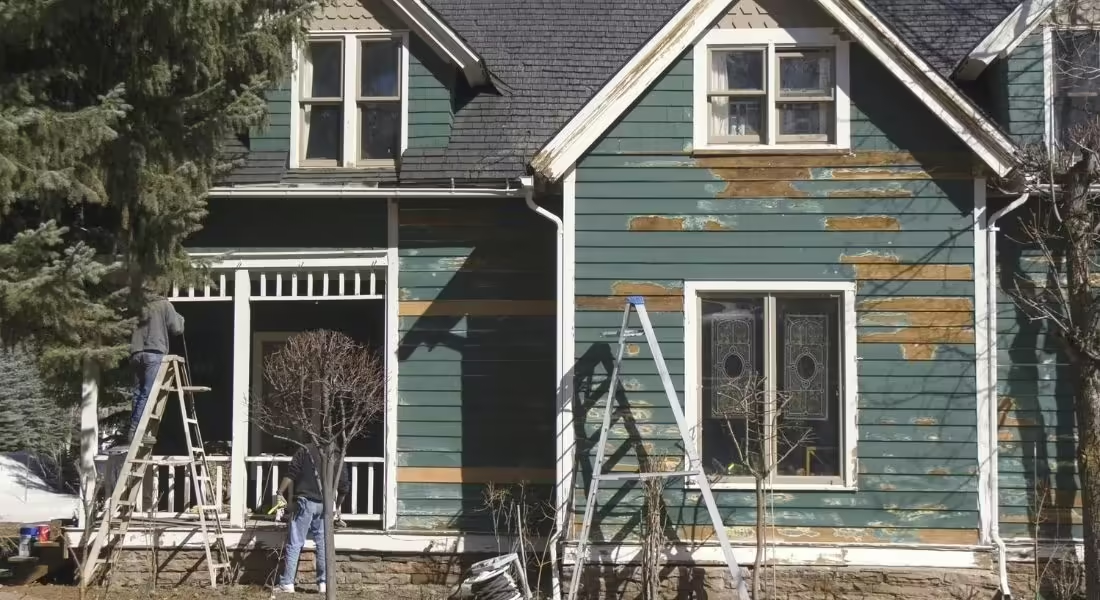 Home Improvement & Maintenance Guide
Home Improvement & Maintenance Guide